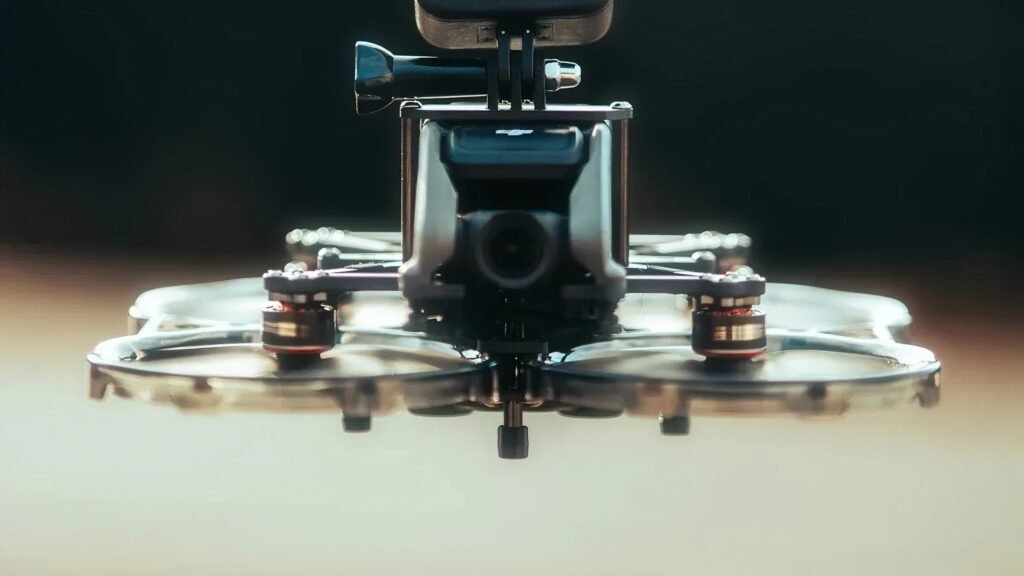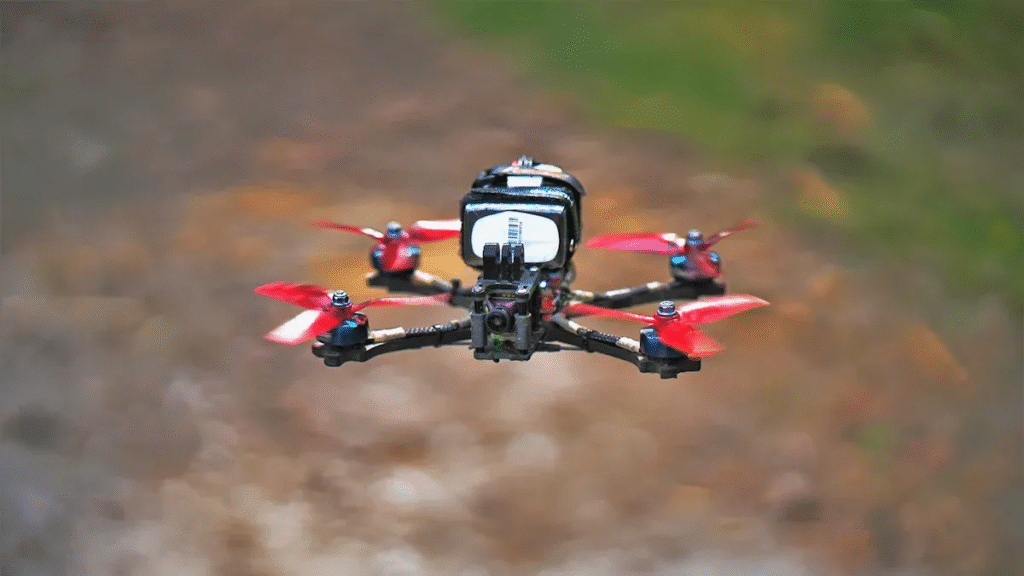n modern unmanned aerial vehicles (UAVs), motor speed control is the foundation for flight stability, maneuverability, and efficiency. Whether you’re piloting a racing drone, an agricultural spraying drone, or a professional cinematography quadcopter, understanding how the motor speed of a drone is controlled is essential for system optimization and precision control.
In this article, we’ll break down the mechanics of drone motor speed control, its components, working principles, and the role of technologies like ESC (Electronic Speed Controller) and PWM (Pulse Width Modulation). We’ll also share why Retek Drones is your trusted source for high-performance drone motors.
Why Motor Speed Control is Vital for Drones

Unlike traditional aircraft that rely on aerodynamic control surfaces like rudders and elevators, drones control their motion by adjusting the speed (RPM) of their motors. These RPM changes modify the thrust of each propeller, allowing the drone to ascend, descend, hover, yaw, pitch, and roll.
This precise manipulation of motor speed requires an intelligent coordination of electronics and firmware—especially in multi-rotor drones like quadcopters, hexacopters, or octocopters.
Key Components of Drone Motor Speed Control
To understand how drones control motor speed, we need to look at the core components involved:
1. Flight Controller (FC)
The brain of the drone, the flight controller processes signals from sensors (gyroscope, accelerometer, GPS) and user commands from the remote controller. Based on this data, it calculates necessary changes in motor speeds.
2. Electronic Speed Controller (ESC)
Each drone motor is connected to an ESC, which interprets the PWM signals from the flight controller and modulates the power going to the motor. Retek offers a range of ESC-compatible drone motors engineered for performance and reliability.
3. PWM (Pulse Width Modulation) Signal
This is a square wave signal that varies in pulse width (duration) to represent throttle levels. A wider pulse equals higher motor speed (RPM), and a narrower one reduces the speed.
4. Drone Motor
The motor, usually a brushless DC motor (BLDC), converts electrical energy into mechanical rotation. You can explore our high-efficiency, durable drone motors built for professional and industrial use.
How PWM Controls Drone Motor Speed
PWM (Pulse Width Modulation) is the standard communication method used between the flight controller and ESCs. Here’s a simple breakdown:
A PWM signal typically ranges from 1000μs (minimum throttle) to 2000μs (maximum throttle).
The ESC reads this signal and regulates current to the motor accordingly.
This results in proportional changes in RPM (Revolutions Per Minute).
In essence, more power means higher RPM and thrust, and less power means slower rotation.
ESCs: The Unsung Hero of Motor Control
An Electronic Speed Controller (ESC) is more than just a power pass-through. It acts as a digital interpreter and motor governor. Modern ESCs also provide:
Current and voltage protection
Active braking
Telemetry feedback to the flight controller
Custom firmware for smoother motor curves
Looking for motors optimized for performance and ESC compatibility? Visit our drone propulsion systems page.
Types of Drone Motor Control
There are generally two major types of motor control methods used in drones:
1. Open-loop Control
Simpler and cheaper.
Does not monitor feedback from the motor.
Used in hobby drones or basic applications.
2. Closed-loop Control
Uses feedback from motor RPM sensors or ESC telemetry.
Provides more accurate speed and torque control.
Ideal for heavy-lift, survey, or agricultural drones.
For specialized applications, we recommend our professional drone motors engineered with precision torque and RPM stability.
Advanced Features in Drone Motor Systems
Motor KV Rating: Expresses RPM per volt. For example, a 900KV motor spins 900 times per minute per volt. Learn more from our motor KV guide.
ESC Firmware (BLHeli, SimonK, etc.): Dictates motor response time and control smoothness.
Thrust Efficiency: The amount of thrust produced per watt of power. It’s a key metric in battery management and flight endurance.
Choose the Right Motor System with Retek Drones
At Retek Drones, we specialize in high-performance drone motors, including:
Our products are trusted in over 20 countries, and we support motor customization, fast delivery, and localized support.
Understanding how drone motor speed is controlled helps both enthusiasts and professionals select and fine-tune the right components. Whether you’re working with a racing quad or an industrial inspection drone, choosing the right ESC, motor KV rating, and PWM configuration can make a huge difference in performance.
Ready to upgrade your drone system? Explore our full range of brushless drone motors and experience precision engineering at scale.




